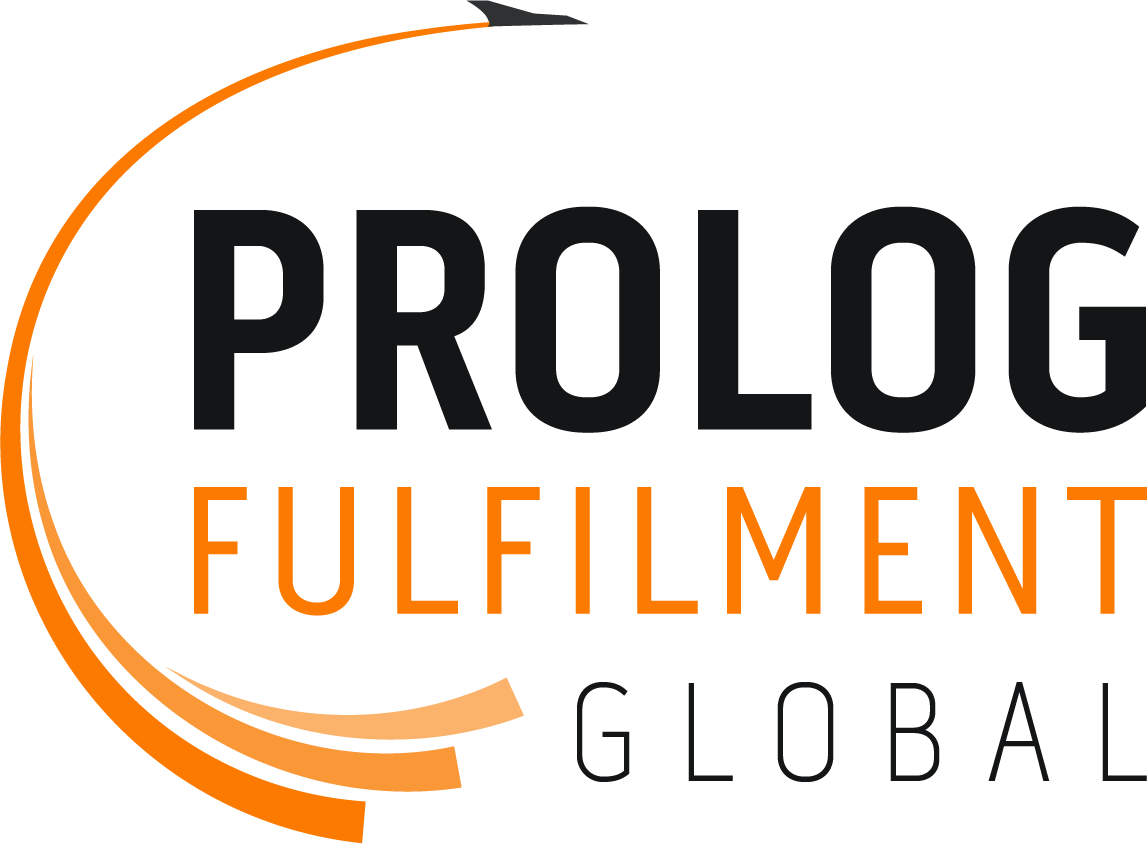Picking and Packing
What is Picking and Packing Best Practice?
“Order picking is, without doubt, the most costly activity in a typical warehouse. It is also the activity that plays the biggest role in customer satisfaction with the warehouse.”
– René De Koster. Professor of Logistics and Operations Management, Erasmus University
Order fulfilment is made up of a series of tasks, each one complex and all of them interconnected. At the heart of the process sits picking and packing. At its simplest it’s about sourcing a single SKU and packing it for delivery. At its most complicated it involves trained specialists sourcing multiple SKUs and using customised packaging and branding.
No matter how complex your picking and packing requirements, though, poor practice will lower pick accuracy, resulting in reduced productivity, increased returns and, ultimately damaged brand reputation leading to a loss of customers. At Prolog our goal is to improve the cost effectiveness of order fulfilment without compromising on quality. Key to achieving this is picking and packing best practice.
5 Customised Picking and Packing Benefits for eCommerce Brands
As a 3pl partner Prolog is hugely invested in working with our ecommerce clients to increase average order value, grow the lifetime spend of their customers, and bake in brand loyalty. Customised picking and packing delivers 5 key benefits that help us to do that:
1. Every Customer is Different – Inbound Stock
If you think picking and packing is something generic that happens in the same way for every brand, think again. At Prolog we never underestimate the importance of even the smallest decisions we make when fulfilling an order. So, the first thing we do is ask: “What should we do with your product when it arrives in the warehouse?”.
This question is the start of the personalisation process. We find out whether we’ll be picking and packing single items, multiple SKUs, or whether there is a re-work element prior to put away. We’ll also find out from customers how items should be stored: cartons, pallets, pick boxes?
2. Understand the Picking and Packing Required
The brands we work with tend to fall into three main picking and packing categories:
- Piece Pick. The item is picked off the warehouse shelves, packed and delivered.
- Subscription. Multiple SKUs are picked either in the form of a ready-made subscription kit, or items are picked separately, and the kit is constructed by Prolog trained packers.
- Sector-Specific Picking. Certain sectors require highly controlled picking. Errors in cosmetics picking, for example, could lead to customers receiving products that may cause them an allergic reactions. One of our biggest beauty brands uses automated storage towers; pickers scan in each order and confirm the item picks via a validation scan of the product/location.
3. Use a Warehouse
Management System
The Prolog WMS is the foundation to all our processes. It comprises databases that correlate all the information we have related to our warehouse. Thanks to our Warehouse Management System we can update picking routes and picking lists for staff in real time. This streamlines our communications, improves productivity, and enhances picking accuracy.
4. Optimise Productivity – Smart Storage
Deciding where the picks are located in relation to the picking bench is key to productivity and therefore, to cost-effectiveness. The SKUs that require next day delivery will be stored close to the pickers’ bench. Cutting back on the distance a picker has to travel improves the profit of the brand, and that’s what we’re all about.
5. Use Relevant Key Performance Indicators
Managers are dealing with any number of issues from the perspective of clients, executives and employees working in each section. KPIs serve to focus the aspects of the task that matter most, provide detailed reporting, and track problems in their early stages. Our KPIs for picking and packing can be observed in real time to maintain productivity throughout the operation:
- Average number of items picked.
- Total value of picks.
- Pick accuracy.
- Packaging costs.
- Order cycle time.
5. Train Pickers and Packers
At Prolog we take great pride in the fact that some of our staff are now in their 3rd decade of employment with us. We think that our overall low turnover is partly to do with the fact that we recognise and celebrate the skills involved in each individual process that makes up the whole. Our investment in ongoing training ensures that our pickers and packers understand the contribution they make to cost-effectiveness for brands, and satisfaction for customers.
Ready to Delight Your Customers?
Prolog’s aim is to make the picking and packing process as efficient and effective as possible for all our clients. If you are looking for a 3pl partner who can offer a whole range of value-added services you need to grow as a brand, we’d love to talk to you. Prolog is centrally located, with flexible warehousing and a trained, highly motivated workforce.
We go way beyond the basics; we attend to every stage of the fulfilment process, in order to deliver a personalised service which is tailored to your brand. We’re designed to deliver great service to you and your customers.

